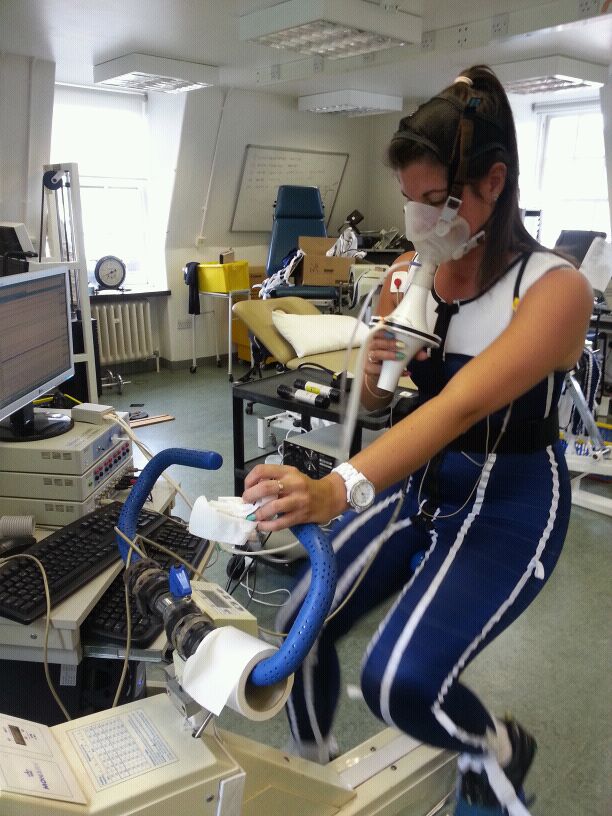Julia Attias, a Research Assistant working at the Centre of Human and Aerospace Physiological Sciences (CHAPS), talks about her career in space science for our Beyond Earth festival this weekend.
My name is Julia Attias and I’m a space physiologist. What does that mean? “Physiology” generally refers to the functions and processes of the human body. Space physiology involves the understanding of how the body functions in space, and particularly in an environment that has far less gravity than on Earth. It’s important to know how low gravity environments affect people taking part in space missions.
I became a space physiologist through completing a Masters degree in Space Physiology and Health at Kings College London in September 2012. The course is designed to help us understand the challenges that an astronaut’s body faces both in space and on return to Earth, such as muscle and bone loss, weakening of the cardiovascular system and visual disturbances.
During my masters dissertation, I started to research the “Gravity-Loading Countermeasure Skinsuit” (GLCS), funded by the European Space Agency (ESA). The Skinsuit was designed by a group of aerospace engineers at MIT, with the aim to recreate the same force that the body experiences through Earth’s natural gravitational pull. This way, if the Skinsuit is worn in environments of zero-gravity, the body should be protected from some of the issues mentioned above.

I’ve been studying the Skinsuit to see if it really does produce a gravity load similar to Earth’s, and if it could be used in the future alongside exercise activities to keep astronauts fit and keep their heart, muscles and bones strong in space.
Space travel is becoming of increasing interest in the UK, primarily owing to British astronaut Tim Peake, who will be flying to the International Space Station in 2015! During the next year, there will be many discussions about how to keep him healthy while in space.
I’ll be starting a PhD in October 2014 which will involve continuing my research with the Skinsuit to see how it might help tackle issues such as back pain and spinal elongation. This research will combine with other work conducted all over the globe to help keep astronauts like Tim Peake as free of physiological burden as possible for their return to Earth.
Unfortunately I won’t be at the Beyond Earth festival this weekend, because I’ll be testing the Skinsuit with ESA astronaut Thomas Pesquet! We’ll be testing the Skinsuit in a weightless environment (not in space unfortunately!) through a parabolic flight. We will get into an aircraft which descends rapidly, creating up to 22 seconds of weightlessness at a time – it’s a bit like being on a roller coaster. The flight is to test the Skinsuit in a weightless environment – taking off and putting on the suit to ensure the simple things we take for granted on Earth are possible in zero-gravity!